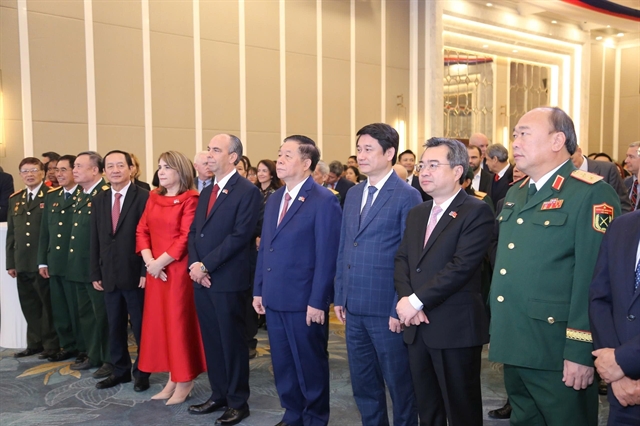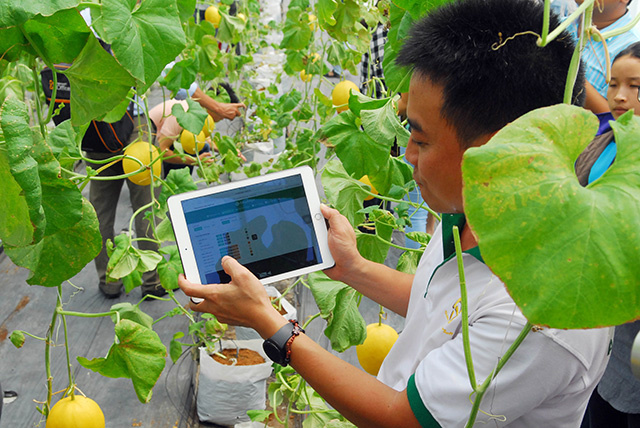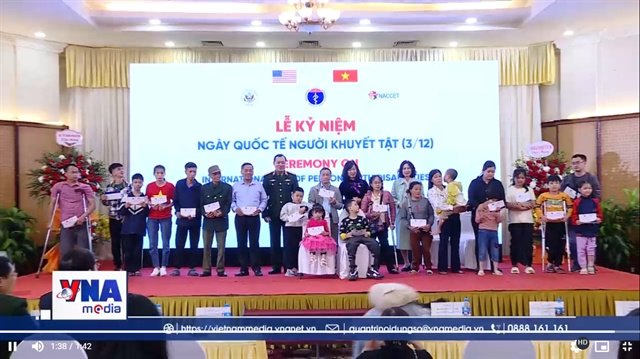 Society
Society
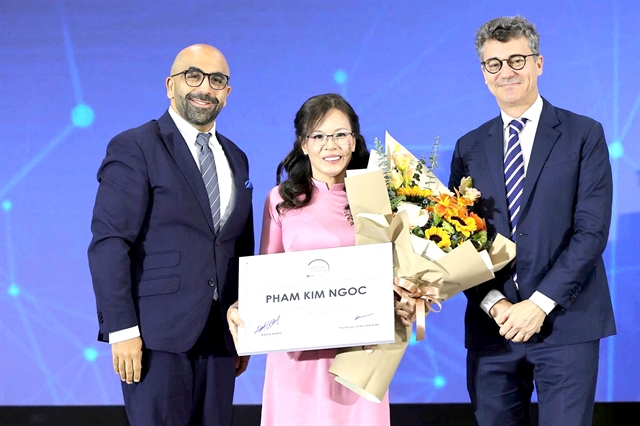
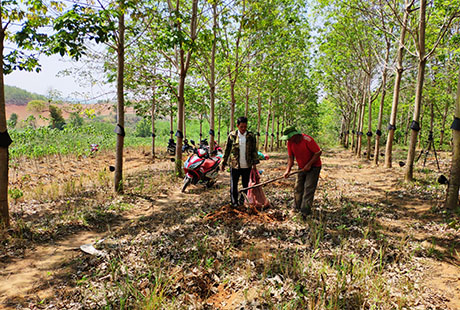
|
| Farmers tend a rubber farm in Kon Tum Province’s Sa Thầy District. – Photo baokontum.com.vn |
KON TUM – Sa Thầy District in the Tây Nguyên (Central Highlands) province of Kon Tum has achieved significant results in reducing poverty in recent years through support policies for agriculture and business.
The district borders Cambodia and 57 per cent of its population are ethnic.
In Sa Nghĩa Commune’s Đắk Tăng Village, for instance, which was established in 2014, local authorities have helped many people escape poverty.
A Nhum received 500 coffee seedlings and a soft loan of VNĐ50 million (US$2,130) when his seven-member family resettled in the village in 2014.
He bought fertilisers for the coffee plants and a calf for breeding cattle. He now has 1.9ha of coffee and four heads of cattle. He also intercrops soft bolly gum in his coffee farm.
His family has escaped poverty.
The district has many disadvantages such as poor transport conditions and unfertile soil.
Nearly 84 per cent of the district area is forest, according to the district People’s Committee.
Rubber is one of its key agricultural products.
It has taught farming techniques to farmers to improve the latex yield and find outlets for it in the context of declining prices in recent years.
A Thiuh of Sa Bình Commune’s Khúc Na Village said his family used to be poor and local authorities helped his family grow 2ha of rubber under a provincial project to develop smallholder rubber farms.
“My family has had a steady income from rubber for the past four years.”
His family earns VNĐ500,000 – 800,000 ($21- 34) a day in the rubber latex harvest season, he said.
The district has provided more than VNĐ2 billion ($855,000) in loans under the project to more than 400 households since 2012.
The district Women’s Union has tried many models to help its members carry on production and business, helping many escape poverty.
One of them involves members saving money and using the savings to lend to poor members to carry on farming or do business to escape poverty.
Lê Thị Ngọc Giàu of Sa Thầy Town’s Village 5 received a loan of VNĐ3.8 million ($162) under the model for breeding chickens last year.
She has paid back the loan and earned profits.
“Participating in the model helped me improve my family’s life and alleviate poverty,” she said.
Nearly 6,000 members have taken part, mobilising savings of more than VNĐ2.6 billion ($111,000), according to the Women’s Union.
The union has 8,177 members and more than half of them are ethnic people.
To reduce poverty sustainably, the district has taught agricultural workers vocational skills and techniques to grow crops and raise livestock, according to the district's Labour, Invalids and Social Affairs Bureau.
The district has also prioritised providing soft loans to poor people and publicising its support policies to improve public awareness of them.
Đăng Ngọc Thơ, head of the district’s Ethnic Minority Affairs Bureau, said the policies had helped significantly improve the lives of people, especially that of ethnic minorities.
“The greatest success in reducing poverty is that people have changed their mindset and no longer rely on nature for their agriculture.”
"People know how to apply modern farming and husbandry techniques to improve output, choose plants and animals with a high value," he added.
The district’s poverty rate fell from 32.8 per cent in 2016 to 20.6 per cent at the end of last year when it had 2,636 poor households.
The district plans to reduce the rate to 10 per cent next year. – VNS

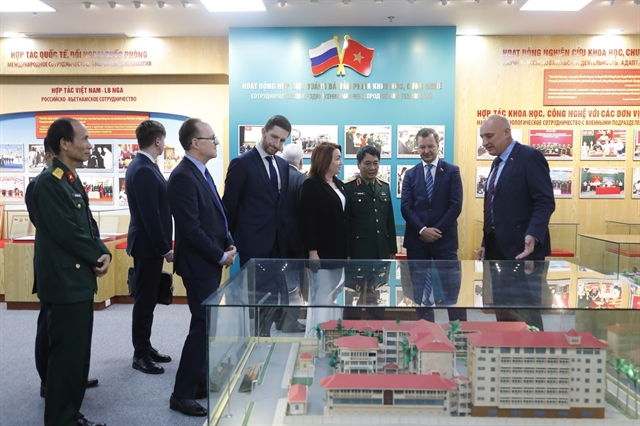
.jpg)
